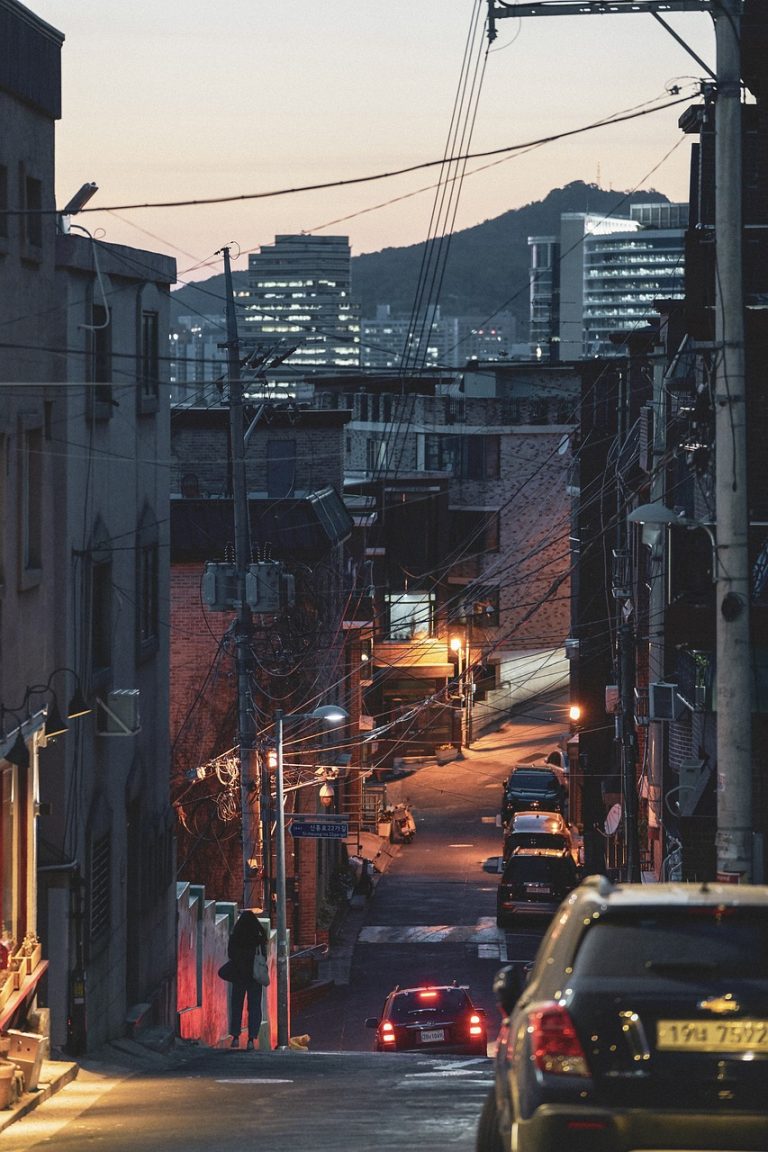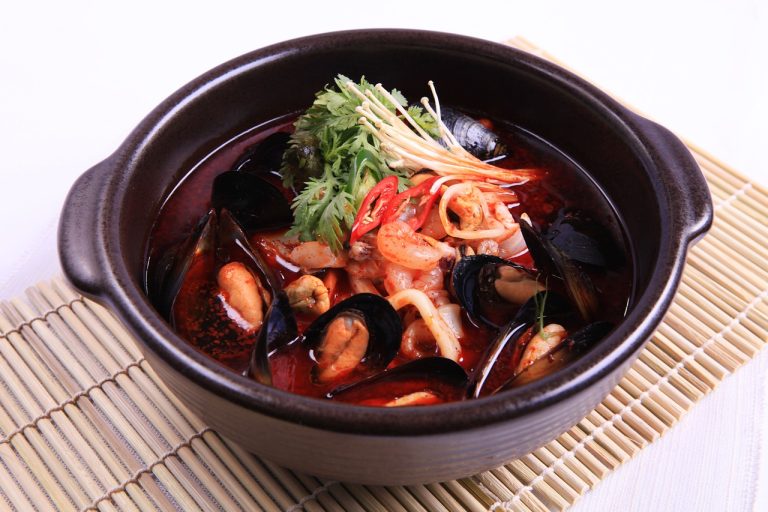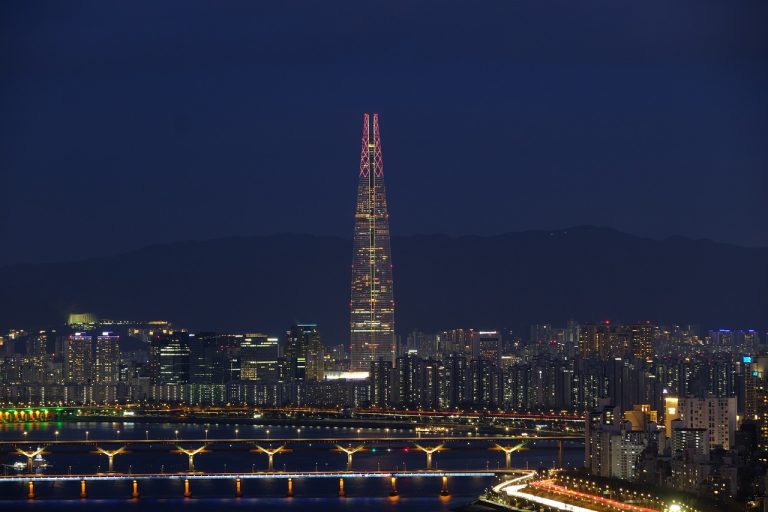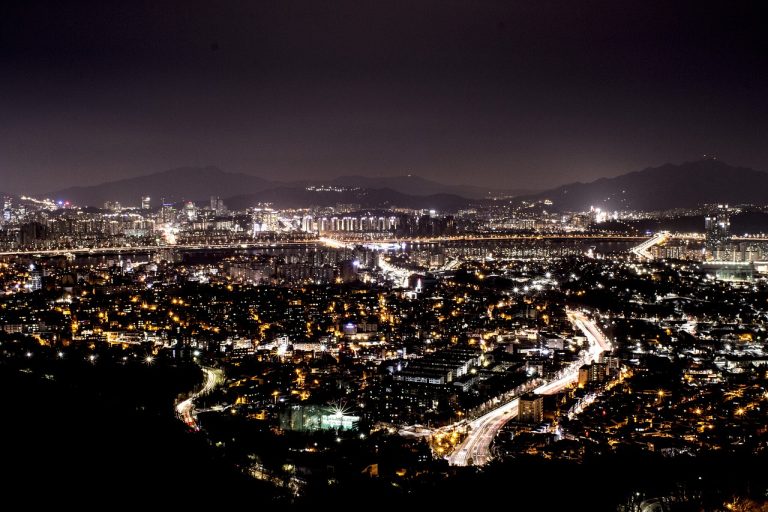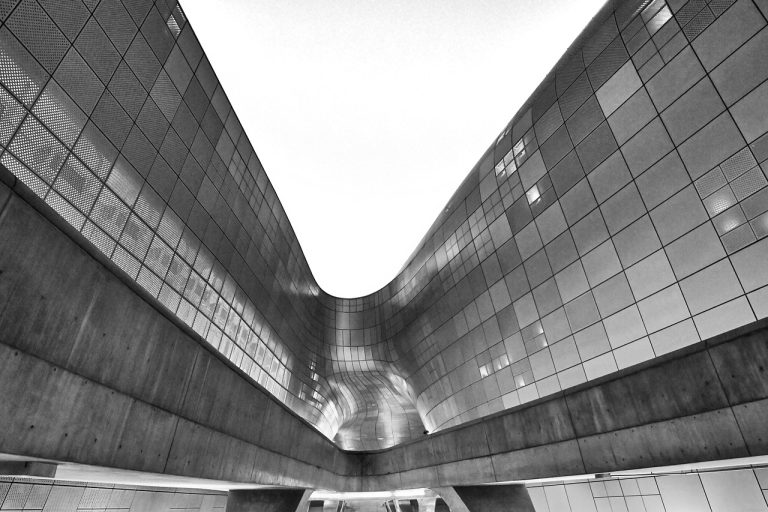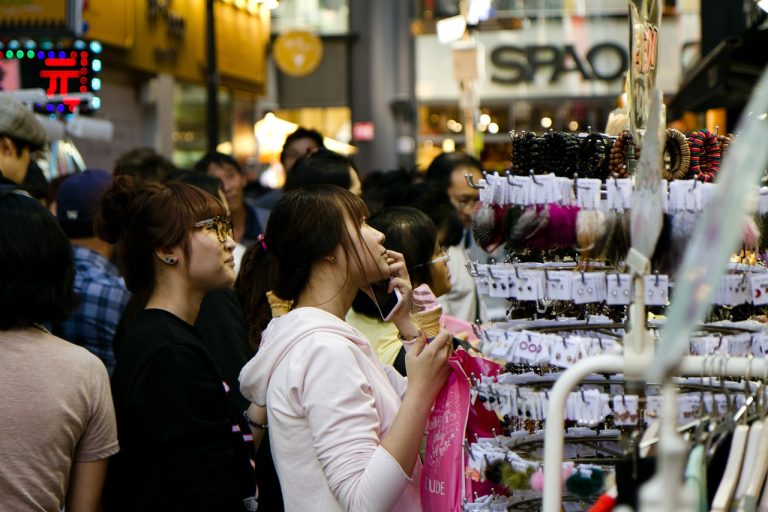Listen (English voice)
Seoul South Korea Video
Navigating Seoul South Korea: Overcoming Travel Challenges
Seoul, the vibrant capital city of South Korea, offers travelers a unique blend of tradition and modernity. Navigating this bustling metropolis can be both exciting and challenging, especially for first-time visitors. From public transportation to language barriers, this article will guide you through the essential information and tips to overcome travel challenges in Seoul.
Getting to Seoul: Transportation Options
- Seoul Incheon International Airport: The main gateway to Seoul, Incheon International Airport offers various transportation options to the city center. The Airport Railroad Express (AREX) provides a direct train service, while taxis and buses are also available.
- Seoul Station: As a major transportation hub, Seoul Station connects various train lines, including the KTX (Korea Train Express). It is a convenient starting point for exploring Seoul and other regions in Korea.
- Subway System: Seoul’s subway system is efficient, affordable, and well-connected. With numbered lines and color-coded signs, navigating the subway is relatively easy. T-money cards can be used for seamless transfers between different modes of transportation.
- Buses: Seoul has an extensive bus network that covers the entire city. While buses can be crowded during peak hours, they offer a convenient way to reach specific destinations not accessible by subway.
- Taxis: Taxis are widely available in Seoul, but it’s important to know that drivers may have limited English proficiency. It’s helpful to have your destination written in Korean or use a navigation app to communicate with the driver.
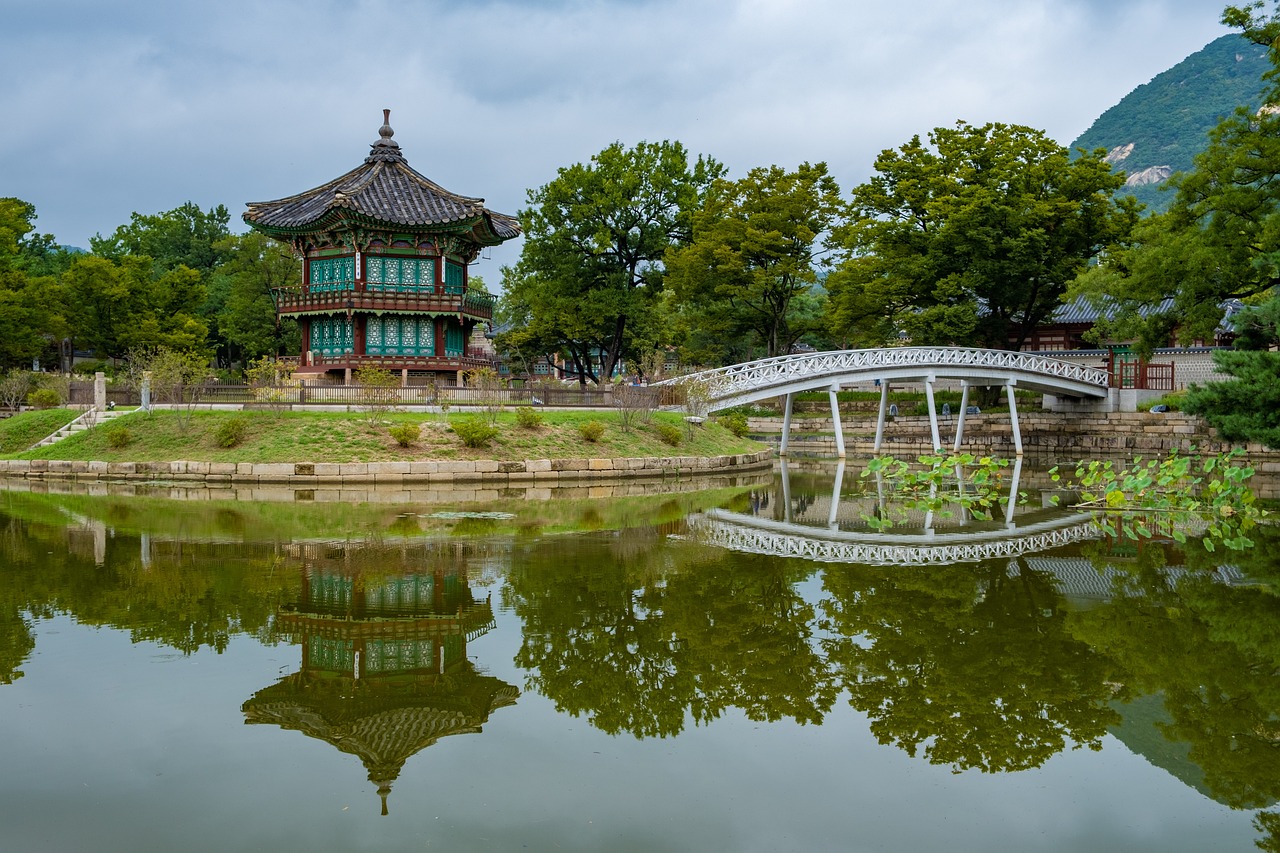
Understanding the Neighborhoods
- Myeongdong: A popular shopping district known for its vibrant street food stalls and trendy boutiques. It’s a great place to experience Korean fashion and cosmetics.
- Hongdae: The youthful and artistic neighborhood surrounding Hongik University. It’s famous for its indie music scene, street performances, and lively nightlife.
- Gangnam: Made famous by the hit song “Gangnam Style,” this upscale district offers luxury shopping, trendy cafes, and high-end entertainment venues.
- Insadong: A cultural hub filled with traditional tea houses, art galleries, and antique shops. It’s the perfect place to immerse yourself in Korean traditional arts and crafts.
- Itaewon: Known for its international flair, Itaewon is a melting pot of cultures with diverse dining options, nightlife, and a thriving expat community.
Language and Communication
- Hangul: The Korean alphabet, Hangul, is relatively easy to learn and can be useful for reading signs and menus. Familiarize yourself with basic phrases and greetings.
- Translation Apps: Utilize translation apps like Google Translate or Naver Translate to bridge the language barrier. These apps can help you communicate with locals and navigate menus.
- English Signage: In major tourist areas, signs and directions are often displayed in both Korean and English. However, it’s recommended to have a map or navigation app handy.
- Tourist Information Centers: Seoul has several tourist information centers where you can find assistance in multiple languages. They provide maps, brochures, and helpful advice for travelers.

Exploring Cultural Sights
- Gyeongbokgung Palace: The iconic royal palace is a must-visit to experience traditional Korean architecture and witness the Changing of the Guard ceremony.
- Bukchon Hanok Village: Step back in time and wander through the narrow streets lined with traditional hanok houses. It’s a picturesque neighborhood that offers a glimpse into Seoul’s past.
- Changdeokgung Palace: Another UNESCO World Heritage Site, this palace features beautiful gardens and the Secret Garden, which is accessible through guided tours.
- Namsan Tower: Take a cable car up to Namsan Tower for panoramic views of the city. The tower also offers romantic lock walls and various observation decks.
- Seodaemun Prison History Hall: Discover the dark history of Korea’s fight for independence at this former prison turned museum.
Shopping and Markets
- Myeongdong Street: Known as a shopping mecca, Myeongdong is home to countless fashion boutiques, beauty stores, and international brands.
- Dongdaemun Market: This bustling market is open 24/7 and offers everything from fabrics and fashion to electronic gadgets and street food.
- Namdaemun Market: One of the oldest traditional markets in Seoul, Namdaemun offers a wide range of products, including clothing, accessories, and fresh produce.
- Gwangjang Market: A food lover’s paradise, Gwangjang Market is famous for its street food stalls serving authentic Korean delicacies.
- Garosu-gil: Located in the trendy district of Sinsa-dong, Garosu-gil is a tree-lined street known for its boutique shops, cafes, and galleries.

Local Cuisine
- Bibimbap: A signature Korean dish consisting of mixed rice, vegetables, meat, and a spicy sauce. Try it in a traditional stone pot for an authentic experience.
- Korean BBQ: Grill your own meat at a Korean BBQ restaurant and enjoy the flavorful marinades and side dishes.
- Tteokbokki: Spicy rice cakes cooked in a savory sauce, a popular street food snack in Korea.
- Samgyetang: A nourishing chicken soup with ginseng and other medicinal herbs, often enjoyed during the hot summer months.
- Bingsu: A refreshing dessert made with shaved ice, sweet toppings, and condensed milk. Perfect for cooling down on a hot day.
Etiquette and Customs
- Bowing: Bowing is a common form of greeting in Korean culture. It shows respect and should be reciprocated.
- Removing Shoes: In many places, including homes, temples, and traditional restaurants, it is customary to remove your shoes before entering.
- Respecting Elders: Korean society places great importance on respecting elders. Use formal language and defer to their opinions when appropriate.
- Tipping: Tipping is not expected in Korea, as it is not a common practice. However, leaving a small tip at upscale restaurants or for exceptional service is appreciated.
- Queueing: Koreans value order and respect queues. Wait your turn in lines and avoid cutting in front of others.
Safety and Emergency Services
- Emergency Numbers: In case of emergencies, dial 112 for police, 119 for fire and medical emergencies.
- Safe Travel: Seoul is generally a safe city, but it’s always wise to take precautions. Keep an eye on your belongings, especially in crowded areas, and be aware of your surroundings.
- Healthcare: Seoul has excellent healthcare facilities, including international clinics and hospitals. It’s recommended to have travel insurance that covers medical expenses.
- Foreign Embassies: Familiarize yourself with the location of your country’s embassy or consulate in case of any emergencies or lost documents.
Conclusion
Seoul, with its rich history, vibrant culture, and modern attractions, offers an unforgettable travel experience. By understanding the transportation options, neighborhoods, language, and customs, you can navigate the city with ease. Embrace the unique blend of tradition and modernity that Seoul has to offer, and enjoy your journey through this captivating city.
References
- Visit Seoul: www.visitseoul.net
- Seoul Metropolitan Government: english.seoul.go.kr
- Korea Tourism Organization: english.visitkorea.or.kr
- Lonely Planet: www.lonelyplanet.com/south-korea/seoul
- TripAdvisor: www.tripadvisor.com/Seoul


